

With the myriad of new communication technologies, vertical applications, and the emergence of private networks, 6G networks will require major innovations in networking, network management, and data handling. The emergence of sub-THz communication and the introduction of RISs, especially in campus networks (i.e., ”private networks”), will affect network architectures, planning, management, and operation. In this TIA, we have been exploring the application of AI in the service management and orchestration of the 6G radio access network (RAN) and the convergence of the RAN and the Core in campus networks. Moreover, the impact of applying sub-THz technologies, RIS, and cell-free concepts to the RAN is being considered. Finally, we will also explore how to enhance optical transport technologies to support the evolution of the 6G network.

AI/ML mechanisms, including extensive data collection and model training as well as Intent-based Networking (IBN) mechanisms are perceived as promising enablers with a high potential to elevate network autonomy, reduce management efforts and facilitate high levels of automation. Simultaneously Open RAN, particularly O-RAN-based Next Generation Network architectures empower novel degrees of programmability and enable AI/ML-based mechanisms at various levels in the network. In this research topic, these AI/ML-based network management and optimization mechanisms are extensively analysed, developed, tested, and evaluated. New approaches for AI-native RAN and Core network orchestration and convergence, AI-native RAN and Core network management interfaces, AI-enabling, cross-layer telemetry data aggregation, machine learning methods for network optimization, advanced network slicing mechanisms as well as end-to-end virtual network dimensioning and optimization mechanisms are comprehensively explored, prototyped, and evaluated.

One-pagers
This research topic explores several aspects of the 6G campus network's control and management under the light of the novel 6G technologies, such as sub-THz communication and reconfigurable intelligent surfaces (RIS). The topics include analyzing the challenges the 6G technologies brought and their impact on the O-RAN architecture. The optimization of the base station traffic steering and handoff procedures. Furthermore, the study on reliability in RIS-assisted sub-THz communications and increasing throughput in RIS-assisted mesh networks.

One-pagers
This research topic aims to explore and innovate in three key areas of optical networking, such as optical fronthaul technologies, mainly focusing on Space Division Multiplexing (SDM), Passive Optical Networks (PON), neuromorphic computing for optical signal equalization, as well as monitoring and telemetry with machine learning-based analytics for optical network automation. By integrating these research topics, we aim to enhance future optical networks' efficiency, performance, and automation, paving the way for next-generation optical communication systems for 6G X-haul.


One-pagers
With the myriad of new communication technologies, vertical applications, and the emergence of private networks, 6G networks will require major innovations in networking, network management, and data handling. The emergence of sub-THz communication and the introduction of RISs, especially in campus networks (i.e., ”private networks”), will affect network architectures, planning, management, and operation. In this TIA, we have been exploring the application of AI in the service management and orchestration of the 6G radio access network (RAN) and the convergence of the RAN and the Core in campus networks. Moreover, the impact of applying sub-THz technologies, RIS, and cell-free concepts to the RAN is being considered. Finally, we will also explore how to enhance optical transport technologies to support the evolution of the 6G network.

AI/ML mechanisms, including extensive data collection and model training as well as Intent-based Networking (IBN) mechanisms are perceived as promising enablers with a high potential to elevate network autonomy, reduce management efforts and facilitate high levels of automation. Simultaneously Open RAN, particularly O-RAN-based Next Generation Network architectures empower novel degrees of programmability and enable AI/ML-based mechanisms at various levels in the network. In this research topic, these AI/ML-based network management and optimization mechanisms are extensively analysed, developed, tested, and evaluated. New approaches for AI-native RAN and Core network orchestration and convergence, AI-native RAN and Core network management interfaces, AI-enabling, cross-layer telemetry data aggregation, machine learning methods for network optimization, advanced network slicing mechanisms as well as end-to-end virtual network dimensioning and optimization mechanisms are comprehensively explored, prototyped, and evaluated.

One-pagers
This research topic explores several aspects of the 6G campus network's control and management under the light of the novel 6G technologies, such as sub-THz communication and reconfigurable intelligent surfaces (RIS). The topics include analyzing the challenges the 6G technologies brought and their impact on the O-RAN architecture. The optimization of the base station traffic steering and handoff procedures. Furthermore, the study on reliability in RIS-assisted sub-THz communications and increasing throughput in RIS-assisted mesh networks.

One-pagers
This research topic aims to explore and innovate in three key areas of optical networking, such as optical fronthaul technologies, mainly focusing on Space Division Multiplexing (SDM), Passive Optical Networks (PON), neuromorphic computing for optical signal equalization, as well as monitoring and telemetry with machine learning-based analytics for optical network automation. By integrating these research topics, we aim to enhance future optical networks' efficiency, performance, and automation, paving the way for next-generation optical communication systems for 6G X-haul.


One-pagers

Fraunhofer Heinrich-Hertz-Institut, HHI
Prof. Dr.-Ing. Slawomir Stanczak
Einsteinufer 37
D–10587 Berlin
E-Mail: info@6g-ric.de
Fraunhofer Heinrich-Hertz-Institut, HHI
Prof. Dr.-Ing. Slawomir Stanczak
Einsteinufer 37
D–10587 Berlin
E-Mail: info@6g-ric.de